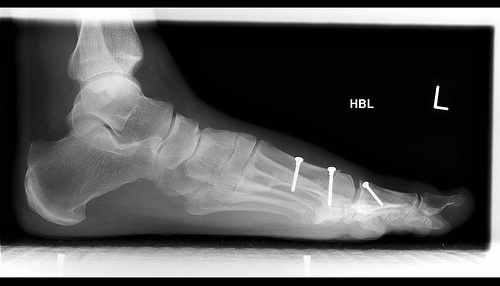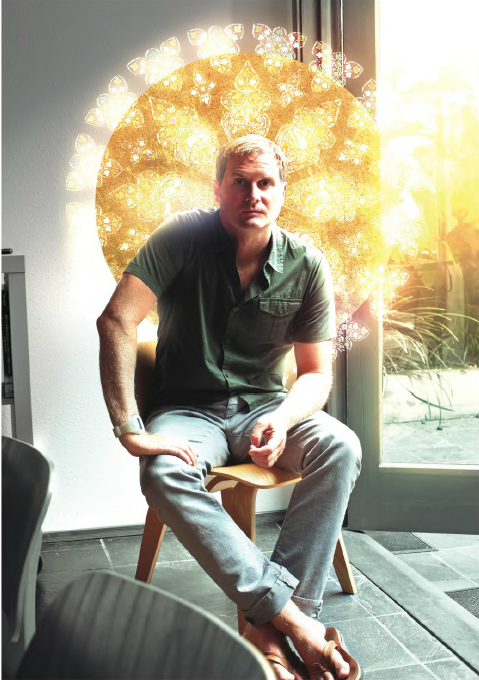This post is part of the Patheos Book Club on the book Eyes of the Heart: Photography as a Christian Contemplative Practice by Christine Valters Paintner. It was written by my spouse, Courtney Perry, whose website is here and blog is here. You can read more about the book, including an interview with the author and a guided meditation at the Patheos Book Club.
My profession is photography. Ever since finishing college almost 15 years ago, I have either been on a newspaper staff or worked as a freelance photojournalist. As a spiritual woman, I try to bring my awareness into my work. (Plenty of times I have not maintained that goal, but I do think the mere desire counts for something.) I am drawn into mindfulness when listening to a subject’s personal story of success or despair, when tensely poised in position awaiting a decisive moment, and when I’m setting out on an open-ended assignment to “find the story.” I listen, look, and ask.
The spirituality I have applied to my work still results in work being completed. I need to produce a quality product for the sake of my career. Therefore, what I am challenged by in Eyes of the Heart is approaching photography without an intention for outcome. Initially, it seems almost silly. Even when I shoot for hobby, I can’t wait to see and enjoy my final images.
So here is the important advice: Do not read Eyes of the Heart if you want to make pretty pictures or learn how to become a photographer. Read Eyes of the Heart if you desire to use the act of photography as a tool of self-discovery and a method of journey in faith. The focus is on process, not product.
Christine Valters Painter divides her book into chapters dedicated to various photo concepts which she weaves into the spiritual dimension: seeing with eyes of the heart, the symbolic significance of color, etc. At the close of each chapter she offers meditations, photographic explorations (tasks for the reader to complete with her/his camera), and reflection questions. Therefore, the book is well-suited for group study. Readers could complete the spiritual practice and photo activity portions alone and then come together for discussion. Based on the importance of process, it might even be best for study groups not to share actual images with one another until completion of the book, lest the exercises become product-oriented.
Ultimately, Painter asks the reader to recognize one’s own subjective gaze, and then challenges the reader to see in new ways. From the amateur to the professional, one can use Painter’s suggested practices to relinquish control over the taking/making of a photo and enter the realm of receiving, both image and insight. Any growth in photographic skill is merely an added bonus.











